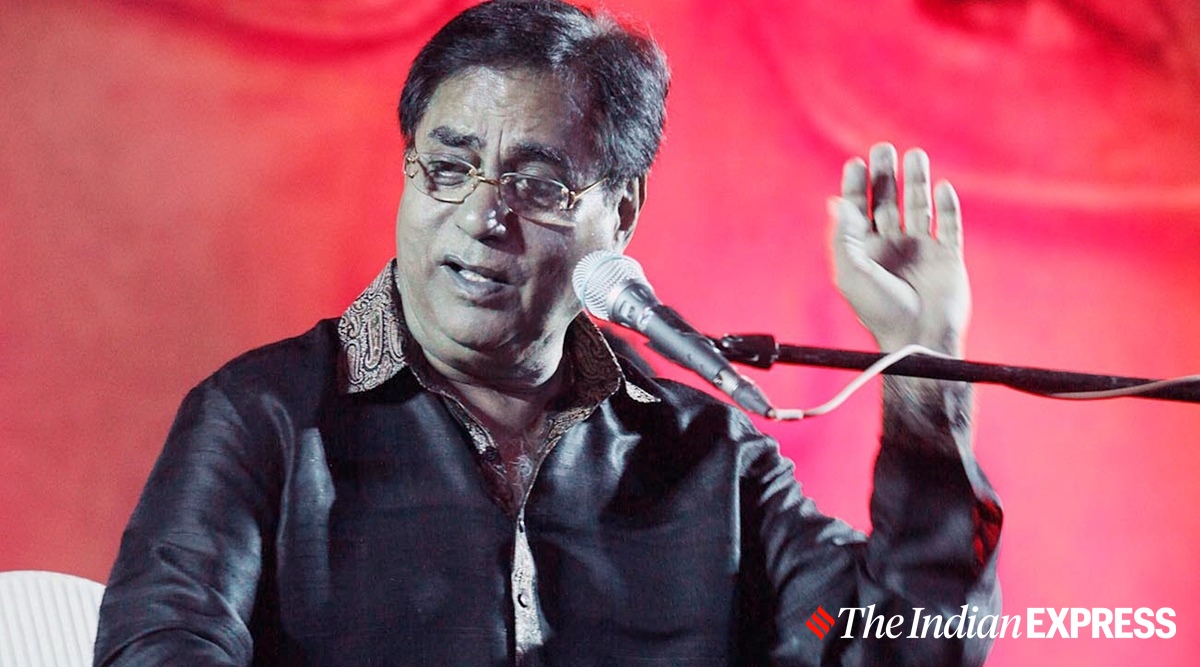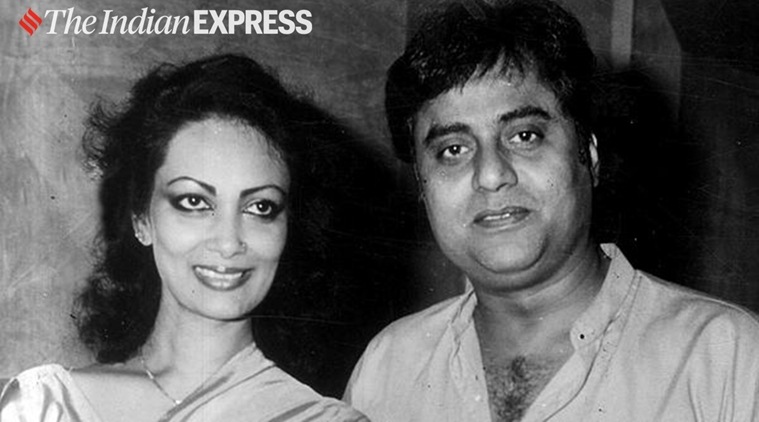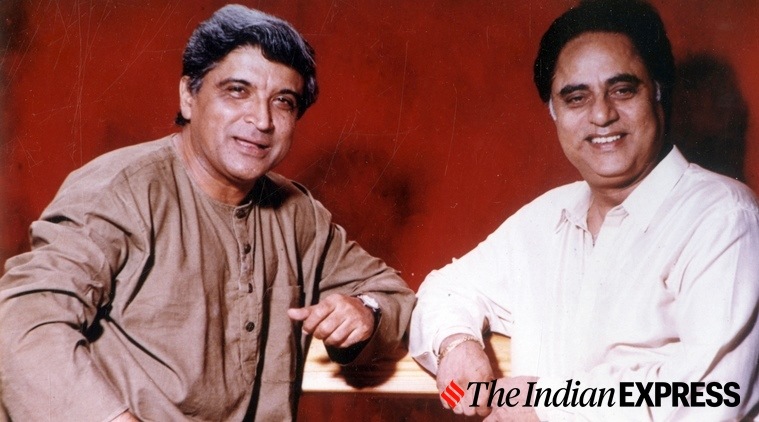 Jagjit Singh, often tagged as 'The Ghazal King' of India, passed away in 2011. (Photo: Express Archives)
Jagjit Singh, often tagged as 'The Ghazal King' of India, passed away in 2011. (Photo: Express Archives) For the millennials, a Jagjit Singh playlist will begin with “Koi Fariyaad” from Tum Bin (2001). And for a generation before that, it can be “Tum Itna Jo” from Arth (1982). The two movies might be over two decades apart, but it was Jagjit Singh who bridged the gap between ghazals and its long lost homegrown audience, that would switch to Pakistani music if ever they wished to explore the genre.
Jagjit Singh broke into the Indian music scene in late 1970s, when the ghazal music was dominated by artistes mainly from Pakistan (like Mehdi Hassan) due to its association with Urdu. He and his wife Chitra had a mammoth task of finding their ground in the genre, which they were trying to introduce to the Indian listeners on a larger canvas. With ‘The Unforgettable’ (1977), the couple took up the challenge. And it seemed music aficionados couldn’t have enough of them. This unique album took no time to climb the charts, and its song “Baat Niklegi” established Jagjit and Chitra on the Indian music map.
 Jagjit Singh with wife Chitra. (Photo: Express Archives)
Jagjit Singh with wife Chitra. (Photo: Express Archives) “It became a transformative, before-and-after milestone in the history of Indian popular and ghazal music,” wrote The Independent in a feature on ‘The Unforgettable’ dated October 2011. It established him as ‘The Ghazal King’ of India.
What was it about Jagjit Singh’s voice and his ghazals, that got Indian listeners hooked?
“Forget about cosmopolitan cities, there is a huge audience for ghazal in places like Uttar Pradesh and Madhya Pradesh. They want to listen to good ghazals. That’s why Jagjit Singh was so popular. You are the hero in a ghazal,” Roop Kumar Rathod, a ghazal singer himself, told rediff.com in 2015.
Jagjit Singh was offered the male playback in “Choli Ke Peeche” from Khalnayak. But he let it pass. Later, when he heard the unrecorded version of the track, he was shocked by its bold lyrics. Director Subhash Ghai told HT, “He loved the tune, but was doubtful if his classical background would suit the (raunchy) tone of the song.” That’s because the ghazal maestro had a way with his songs and into people’s hearts.
Jagjit Singh managed to create a niche audience by picking easy Urdu lyrics set to hummable tunes of simple instruments like a guitar or a synthesiser. The intent was to make ghazals sound fresh and contemporary to attract mainly the younger generation. But in doing that, Jagjit Singh did not dilute the basic essence of the genre. He kept the light classical notes and soulful singing intact.
It wasn’t however, just the dynamics of the compositions. Jagjit Singh’s heart-melting heavenly voice transcended moods and expectations of the audience — a win-win situation for the core ghazal lovers, and the youth that was open to embracing newness in music.
 Jagjit Singh with lyricist Javed Akhtar. (Photo: Express Archives)
Jagjit Singh with lyricist Javed Akhtar. (Photo: Express Archives) Mahesh Bhatt’s Arth can be credited for giving Jagjit Singh, the much deserving breakthrough into Bollywood. According to the filmmaker, “Jagjit reinvented the idiom of ‘ghazal’ by introducing the 12 string guitar and the bass guitar in mainstream ghazals.”
By 1980s, ghazals started becoming mainstream, with Jagjit Singh giving some incredible movie songs. “Jhuki Jhuki Si Nazar” (Arth), “Tum Ko Dekha To Yeh Khayal Aaya” (Saath Saath), “Hontho Se Chhoo Lo Tum” (Prem Geet), “Hosh Walon Ko” (Sarfarosh), “Chithi Na Koi Sandesh” (Dushman), “Kiska Chehra Ab Main Dekhun” (Tarkieb) and “Badi Nazuk Hai” (Joggers’ Park) went on to top our list of Bollywood ghazals. His solos like “Woh Kaghaz Ki Kashti”, “Baat Niklegi To”, “Hazaron Khwahishen Aisi”, “Bahut Khoobsurat” and many more continue to echo in our ears.
Jagjit Singh opened doors for his successors like Hariharan and Bhupinder Singh who ensured the 1980s-1990s remained vibrant with ghazals. The genre might be struggling to retain its hold in the current times of remixes and raps, but for true-blue music lovers, Jagjit Singh still teleports them to an era that was rich in music with ghazals having a crucial role to play, be it any mood — love, heartbreak, dreams or innocence.
Happy birthday, Jagjit Singh!
- The Indian Express website has been rated GREEN for its credibility and trustworthiness by Newsguard, a global service that rates news sources for their journalistic standards.

